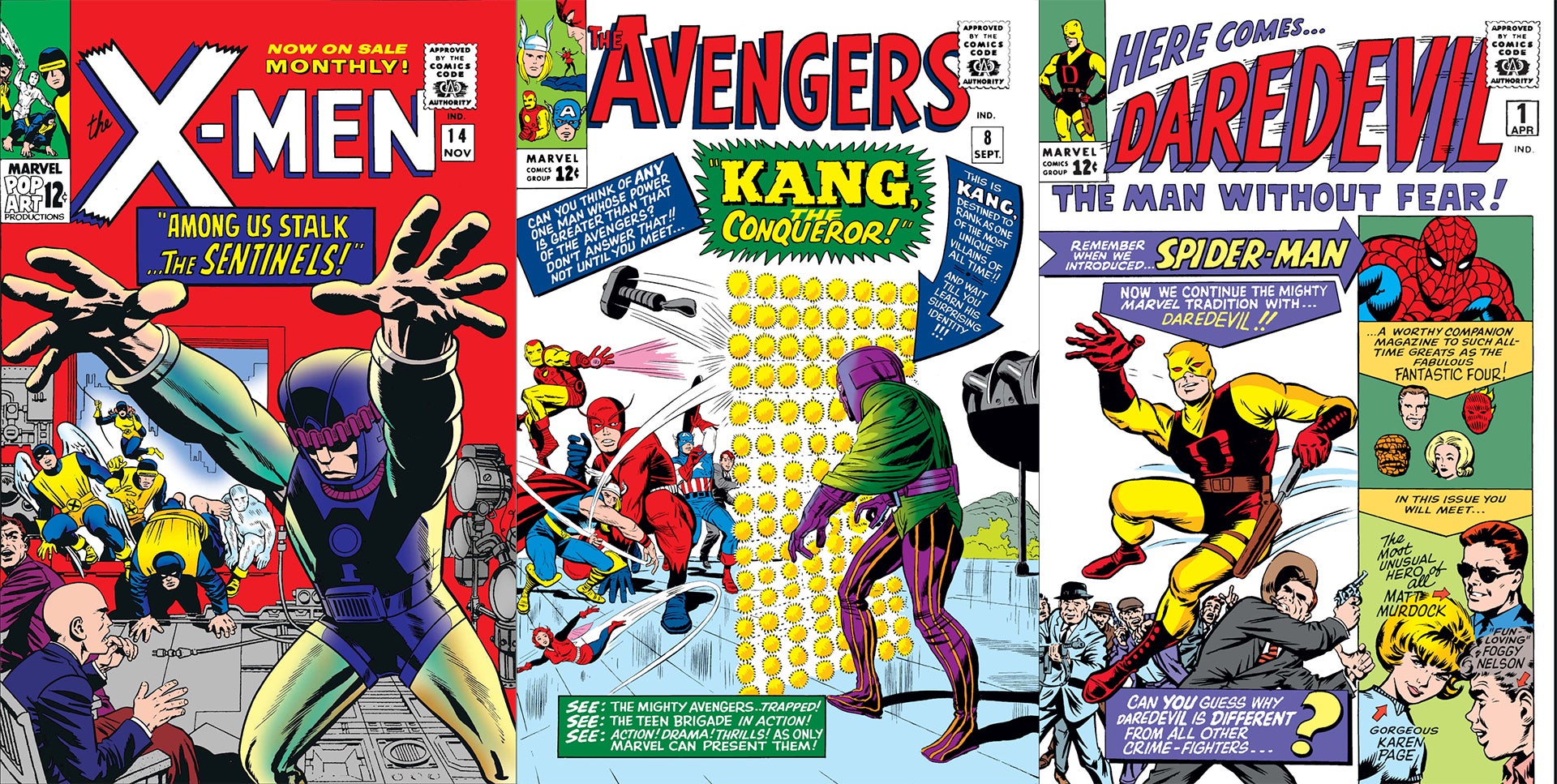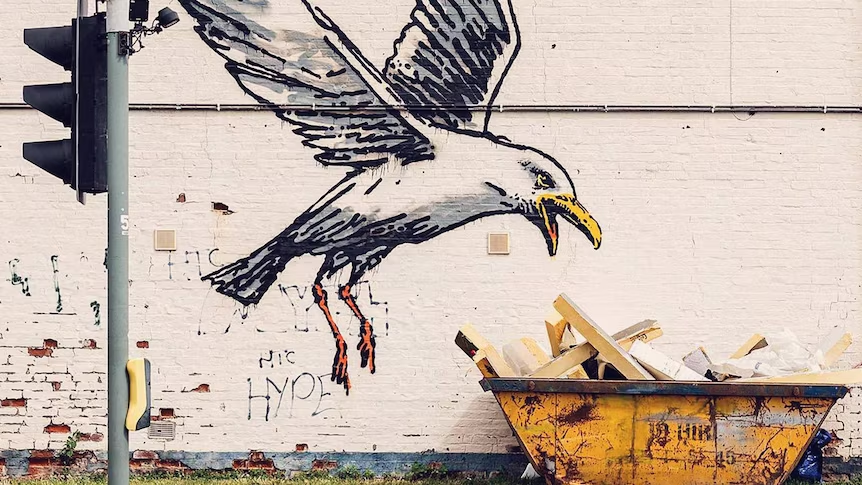zoomacademia.com – Street art has become a defining feature of urban landscapes worldwide, yet its journey from the fringes of society to mainstream recognition is both fascinating and complex. This article explores the evolution of street art, tracing its roots, key movements, influential artists, and the cultural conversations it sparks today.
Historical Context
The origins of street art can be traced back to ancient civilizations, where public spaces were adorned with murals and inscriptions. However, the modern conception of street art emerged in the late 1960s and early 1970s, primarily as graffiti in urban centers like New York City. This early form of expression was often a response to social and political issues, serving as a voice for marginalized communities.
Graffiti artists began to use public spaces as canvases, creating tags and murals that challenged the status quo. This movement was fueled by a burgeoning hip-hop culture that embraced graffiti as a form of self-expression and rebellion against societal norms.
Major Artists and Their Impact
As street art evolved, so did its artists. Figures like Jean-Michel Basquiat and Keith Haring emerged in the 1980s, blending street culture with fine art aesthetics. Their works addressed themes of race, identity, and social justice, drawing attention to issues that resonated deeply with urban audiences.
In the 1990s, Banksy, the enigmatic British street artist, gained international fame for his satirical and often politically charged stencils. Banksy’s ability to blend humor with poignant commentary propelled street art into the global spotlight, making it a respected art form.
Street Art as a Form of Protest
Street art has long been a powerful tool for protest. From the civil rights movement to recent anti-racism protests, artists have used public spaces to voice dissent and inspire change. Works like “I Can’t Breathe” by Chris “Daze” Ellis and murals honoring victims of police violence have galvanized communities and sparked important dialogues about systemic injustices.
These pieces often transcend mere decoration, becoming symbols of resistance and solidarity. The ephemeral nature of street art adds to its power, as these messages can appear overnight, challenging viewers to confront uncomfortable truths.
The Transition to the Mainstream
As street art gained popularity, its transition into galleries and museums sparked debate. Major exhibitions, such as “Art in the Streets” at the Museum of Contemporary Art in Los Angeles, showcased street artists alongside established contemporary artists. This recognition raised questions about authenticity and the commercialization of what was once an underground movement.
While some artists embraced this shift, seeing it as validation, others criticized it as a betrayal of street art’s roots. The tension between maintaining the rebellious spirit of street art and the allure of commercial success continues to shape the conversation around it.
Technological Advances and New Mediums
The advent of social media has significantly influenced the world of street art. Platforms like Instagram allow artists to share their work instantly, reaching global audiences and fostering connections between artists and fans. This visibility has also led to new opportunities, such as collaborations with brands and larger public art projects.
Additionally, advancements in technology have introduced new mediums for street artists. Spray paint remains a staple, but digital tools and augmented reality are expanding the possibilities for expression in public spaces. These innovations challenge traditional definitions of street art and invite experimentation.
Cultural Appropriation vs. Cultural Appreciation
As street art continues to grow, discussions around cultural appropriation versus appreciation have become increasingly relevant. Some artists draw inspiration from diverse cultural backgrounds, leading to vibrant and enriching works. However, concerns arise when artists from privileged backgrounds appropriate styles and themes without understanding their significance or origins.
This conversation highlights the importance of context and respect in the creation and appreciation of street art. Engaging with local communities and understanding the narratives behind the art are crucial steps in fostering a more inclusive and respectful artistic environment.
Future of Street Art
Looking ahead, the future of street art appears dynamic and evolving. As urban spaces continue to change due to gentrification and development, artists will adapt their practices to navigate new challenges and opportunities. The rise of eco-conscious art, addressing environmental issues, reflects a growing awareness among artists of their role in social change.
Moreover, as cities worldwide embrace street art as a legitimate form of expression, public funding and support for murals and installations may increase, creating even more platforms for artists to share their messages.
Conclusion
The evolution of street art is a testament to its power as a form of expression, protest, and cultural commentary. From its humble beginnings in graffiti to its status as a respected art form, street art continues to reflect the complexities of urban life and societal issues. As we move forward, engaging with and supporting street artists will be crucial in preserving the spirit of this dynamic movement, ensuring it remains a vital part of our cultural landscape.






